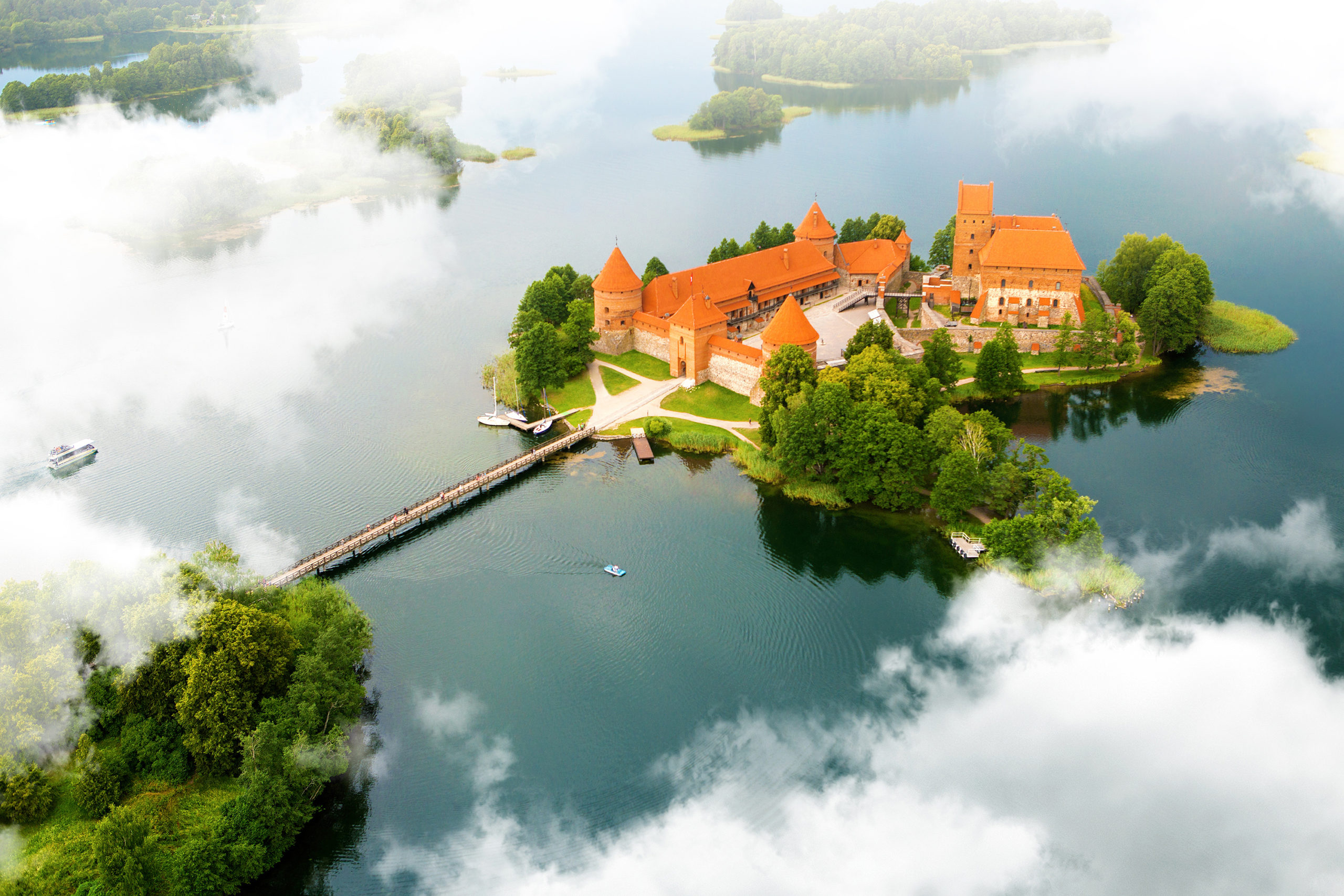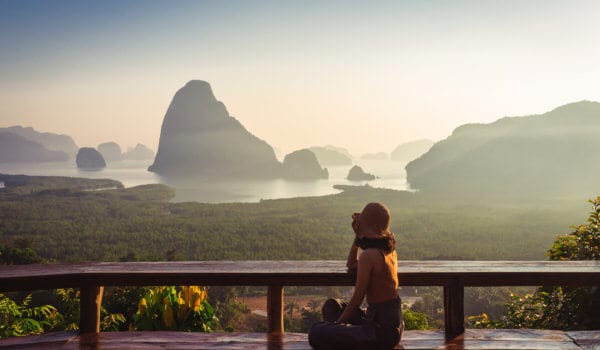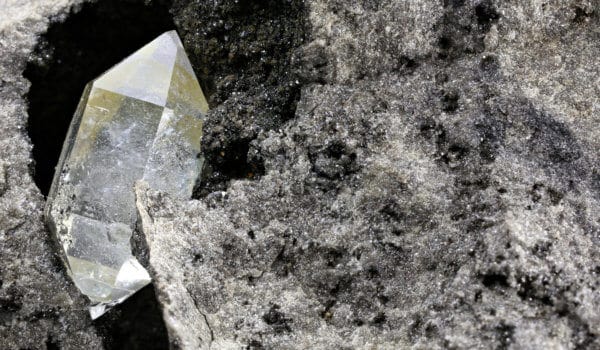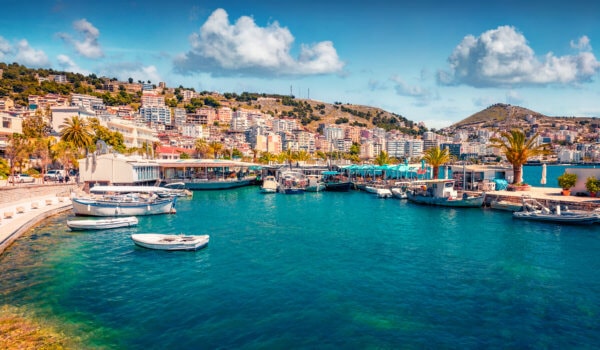Lithuania is an affordable travel destination in the Baltics that can be considered a hidden gem. Here are the main attractions and must-see places in the country.
Lithuania is a small country near the Baltic Sea that packs a variety of attractions worth seeing, from old Soviet relics such as bunkers and museums to beautiful old towns, monasteries, and wonderful natural landscapes. Here are the top attractions in Lithuania that you definitely can’t miss.
Vilnius Old Town
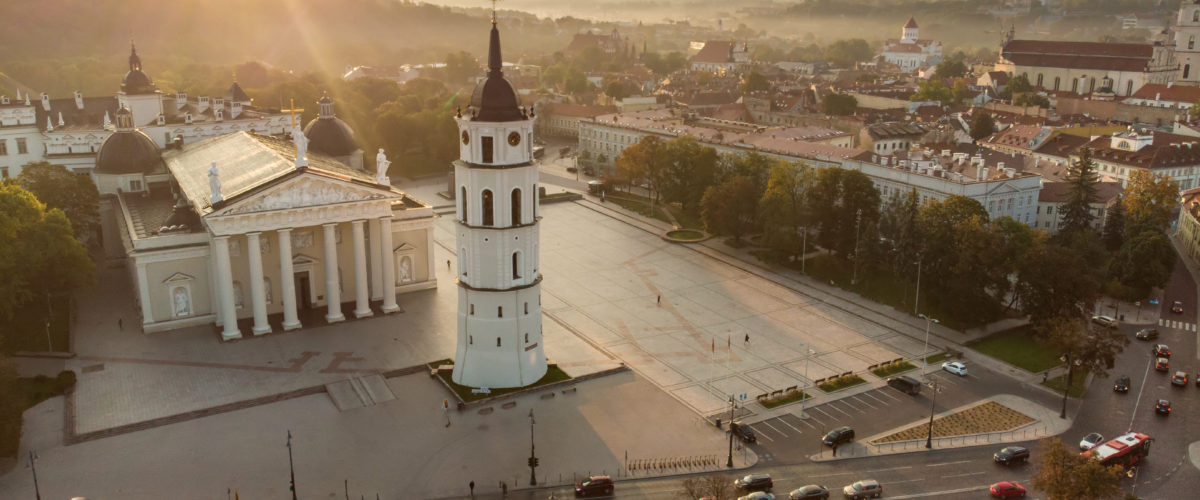
If there is one place you definitely have to visit once in Lithuania, it is Vilnius. Today’s capital of the country once was the historical capital of the Grand Duchy of Lithuania and just like centuries ago, the city attracts a variety of different travelers from all around the world that are looking for different types of experiences. Whether you are looking for a pleasant city break, a dive into rich Eastern European history, a gastronomical experience, or an adventurous time in nature, you can find everything in Vilnius.
The main attraction in Vilnius is the fascinating Old Town that is marked as a UNESCO World Heritage Site. Filled with charming narrow streets, beautiful small churches, hidden courtyards, and even a castle on the hill, the city is set to make a wonderful impression. While walking around the city, it is recommended to spend some time exploring the famous Užupis district which is a bohemian artists’ republic with its own constitution, rules, and wonderful artworks. For more art, you can visit the MO museum which is home to modern art installations.
Sand Dunes in the Curonian Spit
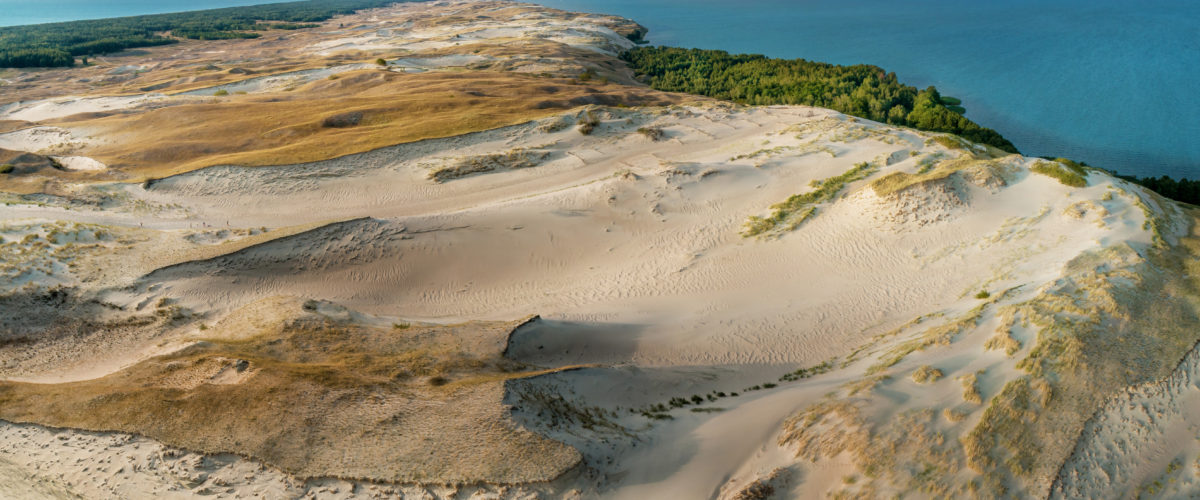
Another UNESCO World Heritage Site in Lithuania and one of the top attractions among locals and tourists are sand dunes in the Curonian Spit. Located on the coast of the Baltic Sea, Curonian Spit is a 98 km long and 0.4-4 km wide peninsula bordering Russia. It is also a protected national park that is famous for its fresh pine forests, beautiful beaches, and incredible, dramatic sand dune formations.
Among some of the more impressive dunes, you can find so-called Dead Dunes. These dunes are up to 60 meters in height and are often moved by the wind 0.5 to 15 meters per year. The area also includes the Nagliai Nature Reserve, an ecologically important region that is home to a variety of rare and unique plants.
Trakai Island Castle
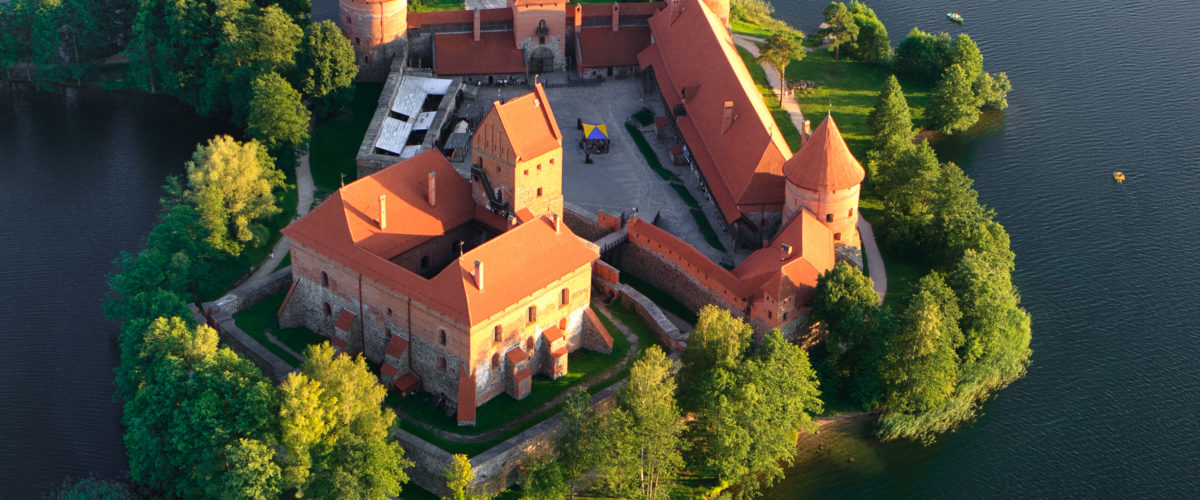
Not far away from Vilnius, you can find one of the most fairytale-like locations in the whole country – Trakai Island Castle. Located about half an hour away from the capital, Trakai is a beautiful small historical town surrounded by lakes that is mostly well-known for its red-brick medieval castle on the island in the middle of the lake. The castle was once a residence for dukes of the Grand Duchy of Lithuania and now it is one of the most beautiful and picturesque locations in the region.
Due to its beauty, Trakai can get very busy and crowded during the summer season, especially during the weekends. However, do not let it discourage you from visiting this charming lake town. On a sunny day, you can walk around the castle, rent a boat or hire a boat trip around the castle, and enjoy other water activities such as scuba diving or paddleboarding. Of course, you can’t complete your trip to Trakai without trying a traditional meal of the Karaites community – kibinas.
The Hill of Crosses
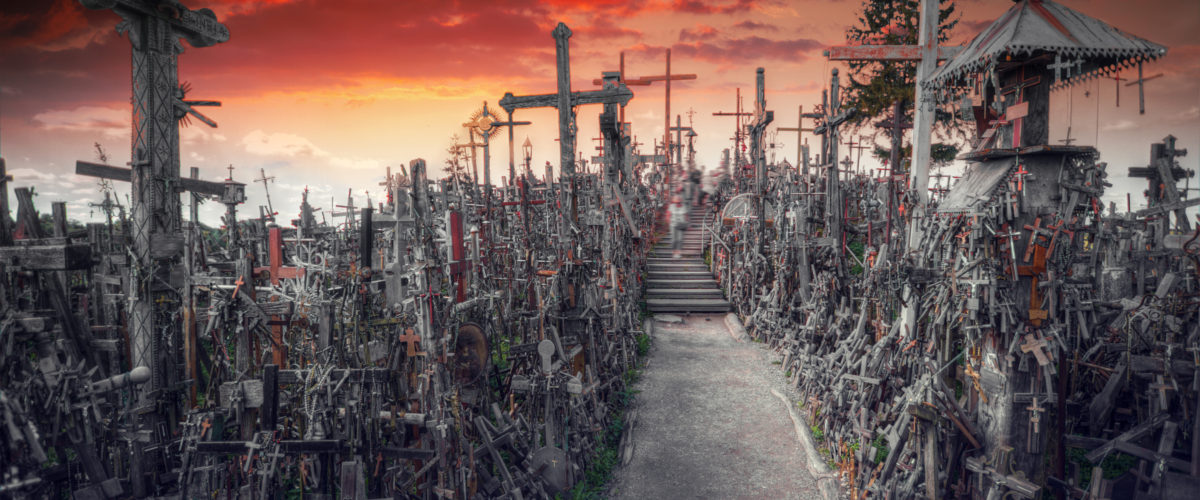
For a bit more different experience, you can make a stop at the famous Hill of Crosses. Often considered a creepy and mysterious location by foreigners, the place is an important religious site among locals. In short, it is a man-made hill filled with more than 100,000 unique crosses that were brought there by pilgrims. It is a final destination of a 12-kilometer pilgrimage, this is why it is considered a tradition to carry a cross and then leave it on this hill.
Today the hill is not only a religious symbol but also a symbol of the resistance of Lithuanians through the hardships of the time when Lithuania was under Soviet rule and a part of the Russian Empire. During that period in Lithuania’s history, authorities tried to destroy the hill, however, Lithuanians persevered and continued to bring crosses to not forget what they truly believed in and to show their resistance. The hill is a bit hard to reach by public transport, so the best way is to get there by car. However, if driving a car is not an option, it is possible to plan a trip with public transport with a bit of additional research and help from the locals.
Photo: proslgn/Shutterstock
You might also like:
Support us!
All your donations will be used to pay the magazine’s journalists and to support the ongoing costs of maintaining the site.
Share this post
Interested in co-operating with us?
We are open to co-operation from writers and businesses alike. You can reach us on our email at cooperations@youthtimemag.com/magazine@youthtimemag.com and we will get back to you as quick as we can.
